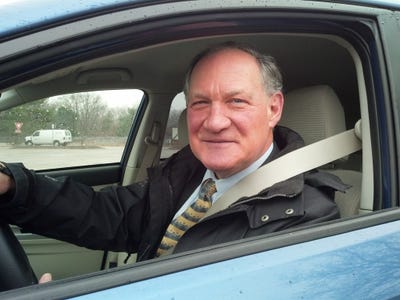Study Shows Need for Balanced Dealership Marketing
To see what would happen, the Larry H. Miller dealership group splits stores into two test groups, one heavy on digital marketing, one not.

LOS ANGELES – Digital marketing is important but not an auto-retailing game-changer, according to a study conducted by the Larry H. Miller dealership group.
For the study, two test groups were created, each consisting of seven stores within the Sandy, UT-based organization that ranks No.11 on the WardsAuto Megadealer 100.
Group A was placed on a “digital program” in which Internet-related marketing, including online lead purchases, banner ads and search-engine optimization, increased to 62%, while traditional-media spending was limited to 38%.
Group B was the reverse of that: 62% for traditional marketing such as print, radio and television ads, and 38% for digital.
What was the impact?
“We just didn’t see a dramatic change,” Paul Nygaard, the 45-store dealership chain’s senior vice president-marketing, says at the Automotive Customer Centricity Summit, hosted by Thought Leadership Summits here. “I was hoping something would jump out. It didn’t.”
The stores that beefed up digital efforts saw a doubling of customer time spent on dealership websites, he says. “Consumers are clearly more engaged with improved websites.”
The study also showed that more sales by Internet departments didn’t hurt profit margins.
On the other hand, a reduction in traditional ad spending resulted in a drop in the fixed-operation absorption rate, or how much the service and parts department profits offset overall store costs.
“I really wanted to see fixed absorption have a more positive trend,” Nygaard says.
The study shows the importance of correctly mixing digital and traditional marketing, he says. “What shouts out is the need for balance.”
About the Author
You May Also Like

